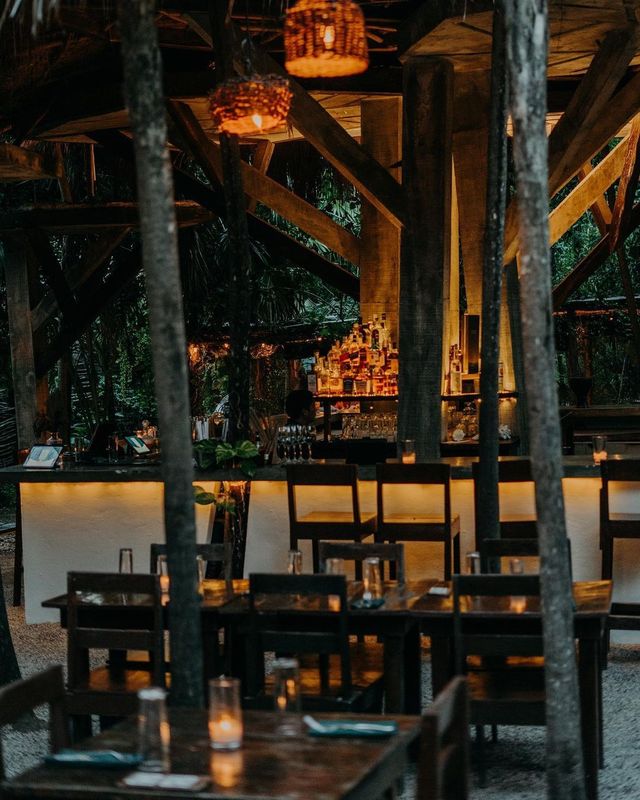Savor Genuine Asian Cuisine With a Pan-Asian Spin for a Culinary Experience
Getting started on a culinary journey with authentic Asian food, boosted with a Pan-Asian twist, uses an unique chance to discover the abundant tapestry of flavors that define the area's varied culinary practices. As you ponder these luring dishes, consider the social narratives and historic impacts that form them, each bite providing a story waiting to be uncovered. Chinese food Islamabad.

Discovering Pan-Asian Tastes
In the world of global gastronomy, Pan-Asian cuisine stands out for its remarkable diversity and the unified interplay of tastes from numerous Asian cultures. This cooking strategy celebrates the abundant traditions and unique ingredients found across the continent, producing a tapestry of preferences that is both fascinating and rewarding. Trick to Pan-Asian cuisine is its capacity to balance different tastes-- sweet, salted, spicy, and sour-- while highlighting the freshness and quality of each ingredient.
From the umami-rich soy sauce of Japan to the fiery chili peppers of Thailand, Pan-Asian food provides a considerable palette of flavors. These components are frequently integrated in innovative ways, boosting dishes with layers of intricacy. For circumstances, making use of aromatic natural herbs such as lemongrass and cilantro, common in Vietnamese and Thai cuisine, adds a revitalizing brightness to meals, while the incorporation of coconut milk supplies a luscious, rich appearance.
The focus on fresh fruit and vegetables and aromatic spices ensures that each meal is not just a feast for the palate but additionally for the senses. Pan-Asian food welcomes restaurants to start a cooking journey, checking out the substantial and varied landscapes of Oriental gastronomy with every bite.
Blend Dishes to Attempt
While Pan-Asian cuisine is celebrated for its standard flavors, the contemporary cooking landscape is increasingly accepting combination meals that blend these classic elements with impacts from other areas. This cutting-edge strategy not only honors the rich heritage of Asian culinary arts but also introduces unique taste experiences that attract contemporary palates.
An archetype of such a fusion dish is the Korean-Mexican taco, where marinated bulgogi beef is wrapped in a cozy tortilla, covered with kimchi and a spicy gochujang-infused salsa. This combination weds the vibrant, mouthwatering flavors of Korea with the vibrant, fresh aspects of Mexican food. Similarly, sushi burritos have gotten popularity, integrating the fragile creativity of Japanese sushi with the passionate, hand-held comfort of a burrito, usually featuring blend components like tempura shrimp and avocado with a drizzle of wasabi mayo.
An additional noteworthy meal is Thai curry ramen, which instills the luscious, aromatic flavors of Thai curry right into the reassuring broth of standard Japanese ramen, creating a harmonious mix that tantalizes the detects. These combination recipes extend past simple novelty; they stand for a cooking dialogue between societies, motivating exploration and innovation on the planet of Pan-Asian cuisine.
Vital Active Ingredients and Flavors
To really appreciate Pan-Asian cuisine, one must comprehend the necessary ingredients and spices that develop its structure. This diverse cooking style attracts from a rich tapestry of Asian traditions, using an unified mix of flavors and structures.
Aromatic aspects are essential, with lemongrass, garlic, and ginger being common throughout various Pan-Asian dishes. These active ingredients give an aromatic base that improves the complexity of tastes. Flavors such More Help as star anise, cardamom, and cinnamon present warmth and personality, resembling influences from areas like China and India.

Food Preparation Techniques and Tips
Grasping the art of Pan-Asian food requires experience with its distinctive food preparation techniques, each contributing to the vibrant tapestry of tastes this culinary tradition is commemorated for. Central to these approaches is the stir-fry, a fast cooking strategy that maintains the nutritional stability and dazzling shades of active ingredients. Making use of a frying pan, the stir-fry moved here technique enables for also warm circulation, necessary for attaining the particular structure and flavor equilibrium of Pan-Asian meals.
An additional essential technique is steaming, especially common in Chinese cuisine. This gentle approach maintains the natural flavors and nutrients of ingredients, making it perfect for seafood and vegetables. Dumplings, a precious staple, commonly take advantage of steaming, resulting in soft, succulent structures.
Barbecuing, likewise indispensable, presents smoky depths to recipes such as Oriental bulgogi or Japanese yakitori (best asian restaurant Islamabad). This strategy commonly includes seasoning active ingredients, enabling tastes to pass through deeply prior to food preparation over an open flame or warmer
Finally, understanding the art of balancing tastes-- sweet, sour, salted, bitter, and umami-- is vital. Appropriately layering these elements can boost a dish from ordinary to extraordinary, supplying a complex and pleasing culinary experience that symbolizes the significance of Pan-Asian cuisine.
Dining Experiences Worldwide
Throughout the world, Pan-Asian cuisine supplies an unparalleled eating experience, commemorated for its rich tapestry of flavors and vibrant presentations. This cooking sensation has actually gone beyond social borders, catching the hearts and palates of food fanatics worldwide. In multicultural cities like New York, London, and Sydney, Pan-Asian restaurants offer as fusions where culinary traditions from Thailand, Japan, China, and past merge, supplying diners with a diverse mix of meals that highlight the region's diversity.
The worldwide appeal of Pan-Asian food depends on its capacity to use both authenticity and development. Chefs skillfully marry traditional active ingredients such as lemongrass, soy sauce, and miso with contemporary methods, leading to meals that are both refreshingly brand-new and familiar. This combination enables restaurants to start a cooking journey that appreciates heritage while embracing modernity.
In addition, dining experiences are raised through attentively created settings that reflect the ethos of Pan-Asian aesthetic appeals. From minimalist Japanese-inspired insides to vivid Thai-themed spaces, each restaurant provides an one-of-a-kind atmosphere that complements the culinary offerings. Therefore, patrons are not merely eating a meal yet partaking find out here now in a cultural experience, making Pan-Asian eating a really worldwide sensation.
Verdict
The exploration of Pan-Asian food provides an extensive understanding of the detailed interplay of tastes and culinary traditions throughout Asia. By welcoming blend dishes such as Thai curry ramen and sushi burritos, the cooking trip not just highlights the flexibility of typical ingredients but additionally showcases ingenious modern strategies. This gastronomic adventure, enhanced by necessary seasonings and cooking techniques, supplies a special chance to appreciate the social variety and culinary artistry that define Pan-Asian cuisine on a worldwide range.
Beginning on a cooking journey through genuine Oriental cuisine, improved with a Pan-Asian twist, provides a special possibility to explore the rich tapestry of flavors that specify the region's varied cooking customs.In the realm of international gastronomy, Pan-Asian cuisine stands out for its impressive variety and the harmonious interaction of tastes from numerous Oriental societies. Trick to Pan-Asian cuisine is its capability to balance different flavors-- sweet, salty, spicy, and sour-- while highlighting the quality and high quality of each active ingredient.
